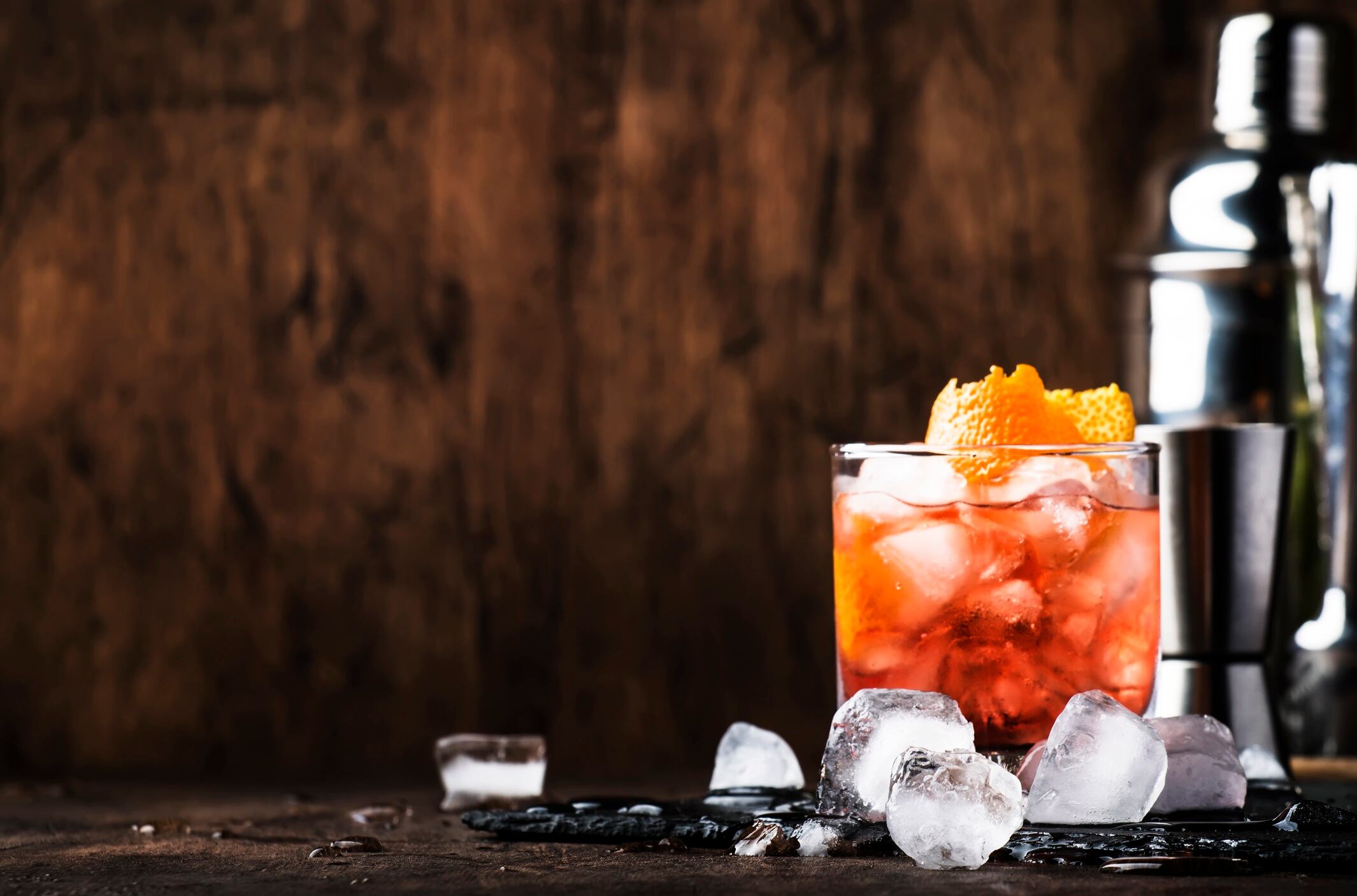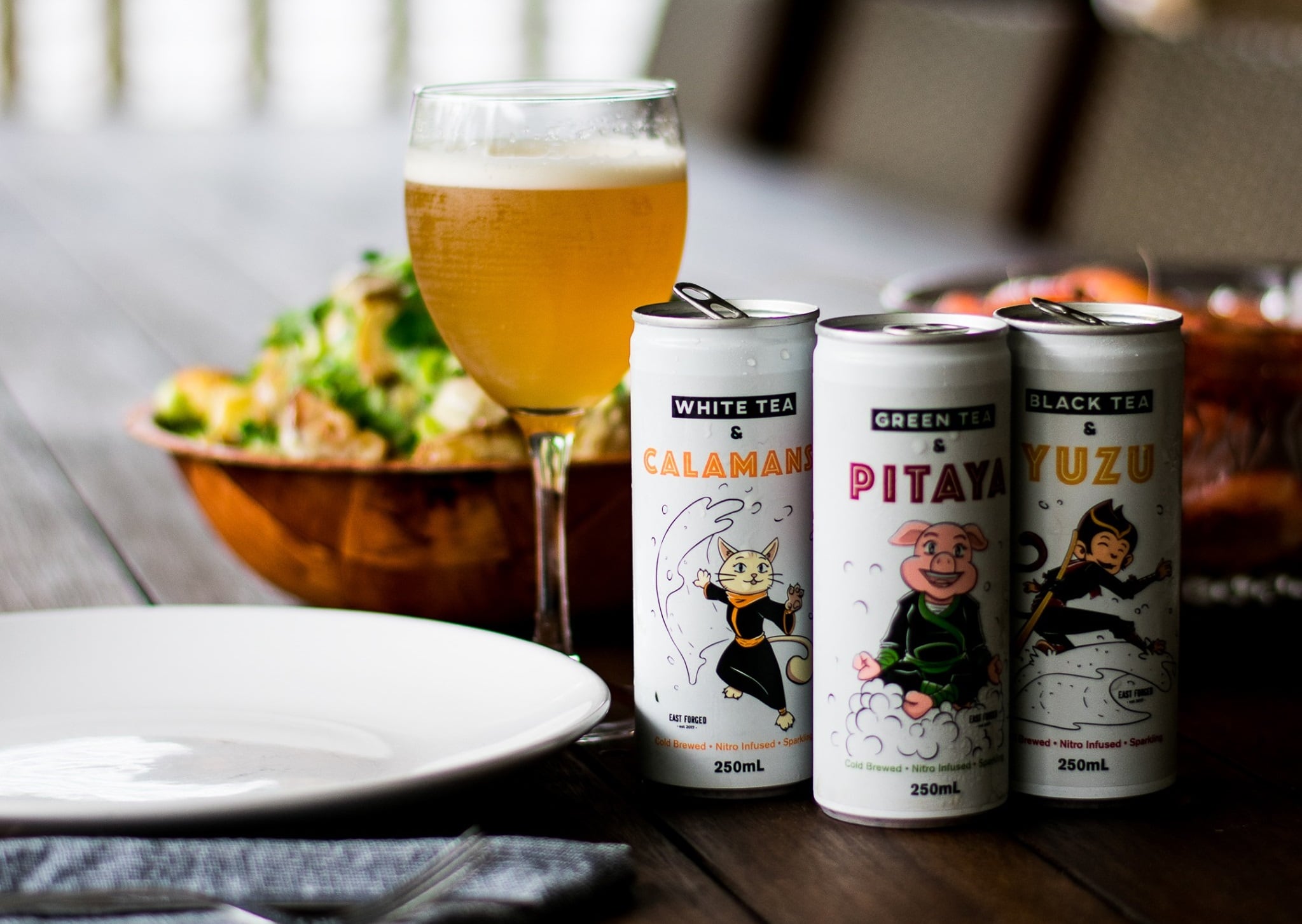The strong performance of DTC channels has helped pull the industry through difficult conditions over the last 12 months, says Wine Australia, which surveyed over 2,000 wineries in the country for its Wine Direct-to-Consumer Survey Report 2020 released this week.
DTC: nearing a fifth of overall wine sales
‘Direct-to-consumer’, in the context of Wine Australia’s report, refers to any means of selling directly to a consumer: whether this is at the cellar door, through wine and loyalty clubs, events, winery websites or phone and mail order sales.
While DTC sales have been growing over the last decade, the pandemic has increased attention on this channel and wineries are putting more effort into marketing to consumers this way.
Wine sales direct to consumers grew 7% in value in 2019–20. In contrast, wine sales via all channels declined 3% over the same period.
Across the sector, direct-to-consumer (DTC) sales make up around 17% of the total value of wine sales, but for the majority of Australian wine businesses that produce fewer than 20,000 cases, DTC sales account for more than 50% of wine sales value and ‘therefore underpin the success of the sector’, says Wine Australia.
And it's particularly important for wineries that have seen a difficult 12 months: through coronavirus restrictions and the aftermath of bushfires.
Cellar door sales
Cellar door sales are the biggest channel for DTC sales, but the impact of coronavirus means this channel has lost share over the last year.
“The effects of the COVID-19 pandemic were evident in the 23% reduction in visitor numbers to cellar doors across the 12 months to the end of June 2020,” notes Wine Australia.
“All of the decline occurred in the first six months of 2020, when visitor numbers were down by 47% compared with the corresponding six months in 2019. Despite the decline in numbers, cellar door sales were still the largest contributor to DTC sales, but lost share from 40% to 35%.”
The survey found that businesses have made several significant changes to their cellar door practices as a result of the COVID-19 restrictions, with the most common being a move to seated tastings only and taking bookings for tastings.
Often this requires wineries to make significant changes, with substantial modifications to practices, infrastructure, resources, marketing and selling strategies, notes Wine Australia.
However, they have proved to be beneficial in many cases, with the average case value of sales in cellar doors rising by 5% in 2019–20.
Online sales
The best performing DTC category in percentage terms was the online category, which grew by nearly 50% in value in 2019-2020.
“It was not surprising that “non-contact” channels had the highest growth rates, with cellar door and events suffering from the effects of COVID-19 pandemic lockdowns and restrictions, as well as the after-effects of fire in some regions”, says Wine Australia.
“These results confirm anecdotal feedback from wineries and results of consumer research showing a strong shift to online purchases as a result of the pandemic restrictions.”
Database and wine club sales also contributed to the overall growth – up by 21% and 12% respectively.




